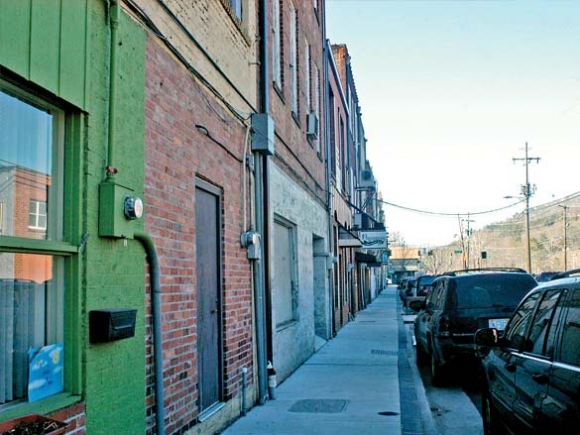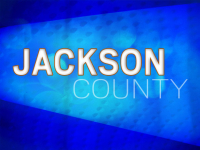Sylva endorses one-lane Mill Street

Mill Street in Sylva will likely become a one-lane road in the future following a vote from the town board last week.
“This would add parking spaces and it would add parking spaces closer to the Mill Street businesses,” said Town Manager Paige Dowling.
In a 3-1 vote, the board endorsed a resolution asking the N.C. Department of Transportation to close the left lane of Mill Street from its intersection with Main until it reaches Landis. Diagonal parking spaces would go there instead, making it easier for people to park alongside Mill Street businesses and access downtown. The project would also include installation of pedestrian crosswalks and flashing signs at the intersection with Landis Street. The whole thing will cost about $45,000.
“One of the reasons for doing this is to make it a more safe, walkable community,” said Mayor Lynda Sossamon during the board’s Aug. 25 meeting. “This doesn’t set in stone anything we do.”
The resolution still needs approval from the DOT, and it also needs funding. Some of the money could come from state Powell Bill funds, but the town may also need to pay for part of the project. The ratio is not yet decided. Also unknown is exactly how many parking spots could be created by the lane closure.
“We’ll need to figure that out, but knowing that the citizens, business owners and a majority of the board are in favor of it lets us know what we’re working toward,” Dowling said.
Related Items
The concept grew out of a years-long discussion about traffic patterns and parking downtown. Since Main and Mill first went to one-way traffic in the 1950s, there’s been talk of going back, the most recent go-around involving a 2015 study from Waynesville-based J.M. Teague Engineering. The conclusion, basically, was that two-way traffic is generally a plus for downtown economies but that it would be hard to pull off in Sylva due to the larger size of today’s vehicles and the traffic congestion likely to result.
However, in the course of public surveys and hearings related to the question of two-way traffic, the town did pick up on another theme in the comments about how to improve downtown patterns.
“Most of the feedback we received was that we could maximize parking on Mill Street by going to one-lane diagonal parking,” Dowling said.
The town got to experiment with that setup for a while in 2014, when part of Mill Street was used for parking temporarily following a fire downtown. The new traffic pattern generally elicited a positive response from business owners, Dowling said.
However, the question was whether travel on Mill could be restricted to one lane without impairing ease of travel through town. Would a permanent lane closure make traffic backups worse on Mill?
Because Mill Street is a state road, the town invited the DOT to conduct a traffic study to answer the question. What the study found was that Mill could be taken down to one lane without significantly affecting travel times — if the light at Mill’s intersection with Allen and Spring streets were removed.
“They thought it was workable but wanted the town to have a resolution,” Dowling said.
Thus, last week’s vote.
“Very few people make a right from Spring Street onto Allen, and Allen Street of course is just served to a neighborhood,” said Commissioner David Nestler. “If you move that light, even with the reduction to one lane you don’t have backups starting there anymore.”
The plan would also involve reducing Spring Street to one lane on the one-block section between Mill and Main. Traffic could turn from Mill Street onto Spring but could not turn from Main Street onto Spring. What is now the right lane of Spring Street on that block could become additional parking or a loading zone.
The resolution did not get a unanimous endorsement, however. Commissioner Mary Gelbaugh cast the sole no vote, explaining that she didn’t feel the parking problem downtown was severe enough to warrant the solution proposed.
“We don’t really have parking problems on Mill Street,” she said. “This is a pretty expensive fix to a problem that I don’t see as a problem.”
While it remains to be seen how much of the estimated $45,000 price tag the town might have to pay, Sylva’s budget is perennially a tight one, and rising costs coupled with lower land values following a post-recession revaluation this year meant that even a 42 percent tax rate increase for 2016 didn’t leave the town with much of anything in terms of discretionary spending.
“For as many people as want this, I think that’s a small number compared to how many people this is going to impact,” Gelbaugh said. “This is a primary road. To take it down to one lane with as much traffic as goes through there, I don’t think it’s smart.”









